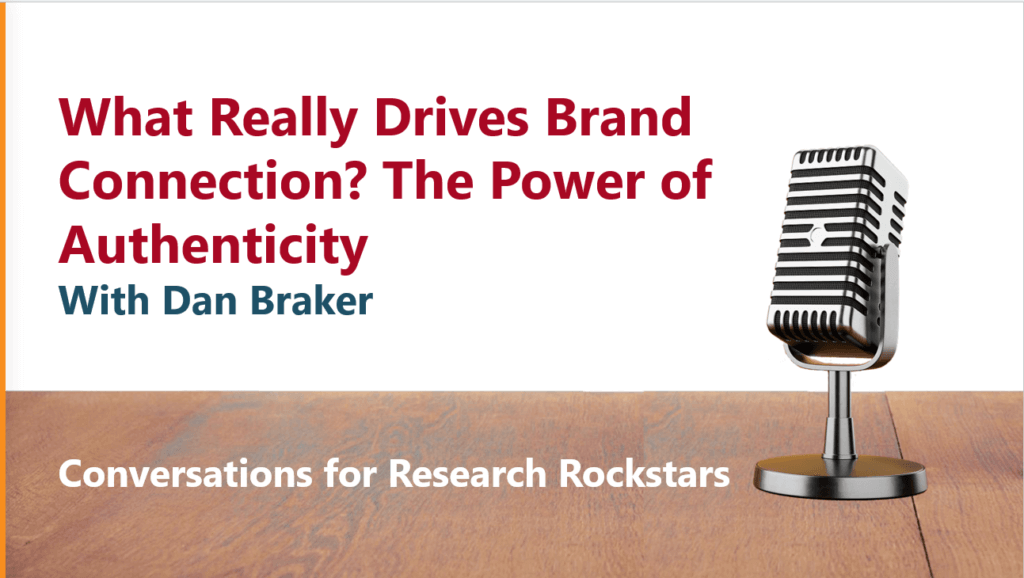Does this scenario sound familiar? You spend two weeks, two months, maybe more, working on an amazing piece of research. You deliver a fantastic report and give a great presentation. Then…nothing happens. The results you’ve produced get ignored.
If you answered yes, you’re not alone and Research Rockstar is here to help.
In part 1 of this 3-part YouTube video series, our president & lead instructor, Kathryn Korostoff, begins a conversation to offer solutions to help keep it from happening to you in the future.
How to Avoid Wasted Research
When clients or organizations have a hard time using research, it’s usually because of a few common snags. Fortunately, these data utilization problems have solutions. Here are three skills to focus on:
- Speak the client’s language
- Use multiple data points
- Make results simple to apply
Each of these solutions is an important topic in and of itself. This is why part 1 of this YouTube series focuses only on our first point.
Speak the Client’s Language: Three Tips
#1 Money Talks. When it comes to market research, it’s imperative we convey the importance of our work in terms our clients understand. Often this boils down to explaining how our work can help an organization make money and/or save money. In business, this is literally, and figuratively, the bottom line. If you are reporting research results that have implications for making or saving money, say so! Don’t bury the lead. For example, if you are delivering the results of a segmentation study, clearly state which segments are most likely to help the company make money; don’t just say which segments are “top priorities” or “attractive.” For example, “Segment X represents the best revenue generation potential: it’s members have the most disposable income, greatest product interest and highest preference for your brand.” Boom.
#2 Leverage What They Already Know. Explaining your results in terms of ‘opportunities’ and ‘challenges’ is also a great rule to follow. One way we can achieve this by conducting and delivering a SWOT analysis (strengths, weaknesses, opportunities, and threats). A SWOT analysis can be applied to almost any research topic, and it is a familiar analysis for those who’ve attended business school or even just a few business classes. For example, are you delivering the results from a product concept testing study? Presenting those results in a SWOT format will be familiar and comfortable to your business audience.
#3 Eschew Obfuscation. Finally, provide clarity in your delivered results by avoiding extraneous use of research industry jargon whenever possible. This language, while familiar and useful to those of us in market research, can turn-off those in other professional fields. Your clients will be more likely to use the research if it is clear and understandable to them. Check your reports for common jargon like “variability”, “top box”, “significance” and “variables.” Choose alternative wording or provide very obvious definitions. Ask yourself, “Will people with no previous market research experience understand this?” Or better yet, think of a family member who is educated but has no research experience: “Would Aunt Edna understand this?”
_________________________
Thanks for reading. To dig deeper into this topic, be sure to check out the related video on Research Rockstar’s YouTube channel. Also, keep a look out for more solutions in Part 2 of 3 on this topic next week!












